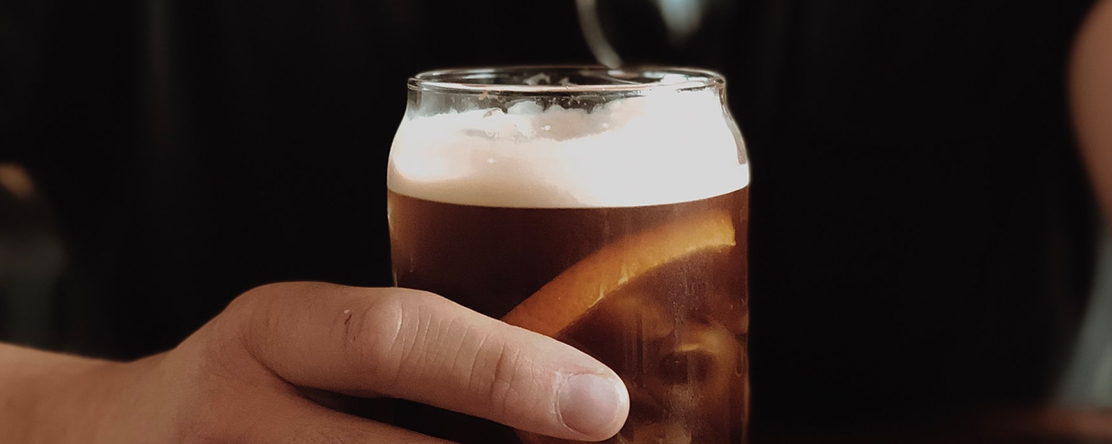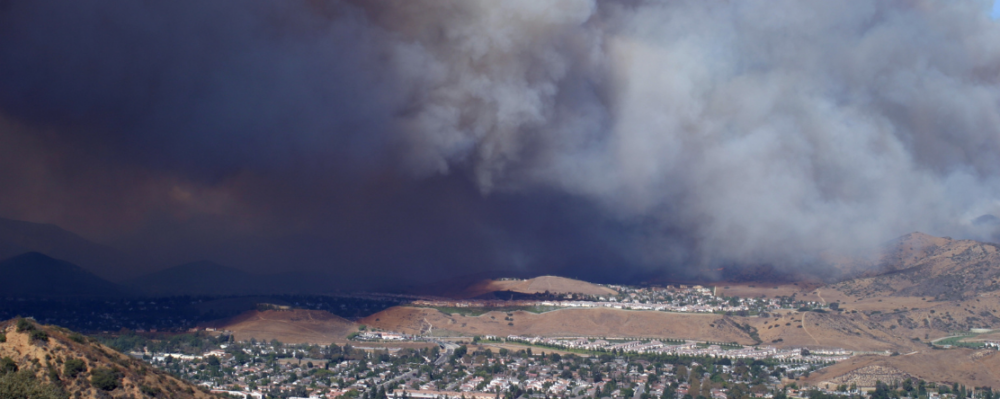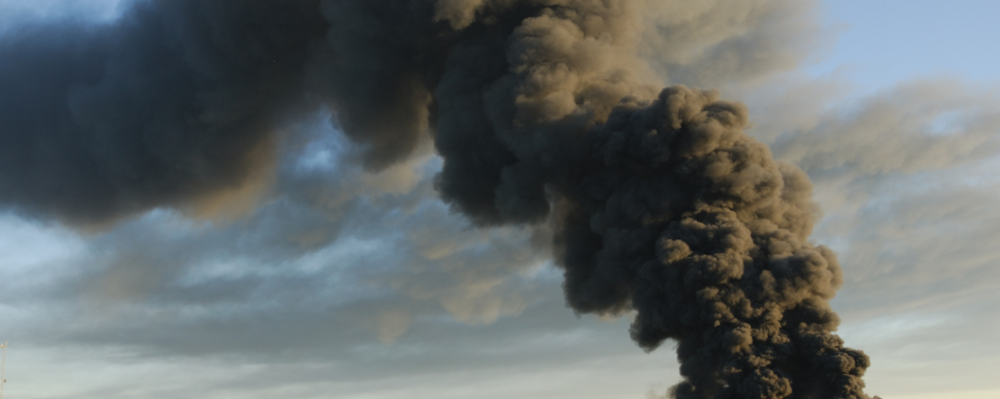
Press Release
Alcohol Causes Significant Harm to Those Other Than the Drinker
-
Focus Areas
Alcohol, Tobacco, Drugs & Mental Health -
Issues
Alcohol -
Programs
Alcohol Research Group

 PISCATAWAY, NJ – Each year, one in five U.S. adults—an estimated 53 million people—experience harm because of someone else’s drinking, according to new research in the Journal of Studies on Alcohol and Drugs.
PISCATAWAY, NJ – Each year, one in five U.S. adults—an estimated 53 million people—experience harm because of someone else’s drinking, according to new research in the Journal of Studies on Alcohol and Drugs.
Similar to how policymakers have addressed the effects of secondhand smoke over the last two decades, society needs to combat the secondhand effects of drinking, the authors state, calling alcohol’s harm to others “a significant public health issue.”
According to the study—an analysis of U.S. national survey data—some 21% of women and 23% of men, an estimated 53 million adults, experienced harm because of someone else’s drinking in the last 12 months. These harms could be threats or harassment, ruined property or vandalism, physical aggression, harms related to driving, or financial or family problems. The most common harm was threats or harassment, reported by 16% of survey respondents.
The specific types of harm experienced differed by gender. Women were more likely to report financial and family problems, whereas ruined property, vandalism, and physical aggression were more likely to be reported by men.
There is “considerable risk for women from heavy, often male, drinkers in the household and, for men, from drinkers outside their family,” the authors write.
Additional factors, including age and the person’s own drinking, were also important. People younger than age 25 had a higher risk of experiencing harm from someone else’s drinking. Further, almost half of men and women who themselves were heavy drinkers said they had been harmed by someone else’s drinking. Even people who drank but not heavily were at two to three times the risk of harassment, threats, and driving-related harm compared with abstainers. Heavy drinking was defined as drinking five or more drinks at a time for men or four or more drinks for women at least monthly.
To conduct the study, researchers led by Madhabika B. Nayak, Ph.D., of the Alcohol Research Group, a program of the Public Health Institute in Oakland, Calif., analyzed data from two telephone surveys conducted in 2015—the National Alcohol’s Harm to Others Survey and the National Alcohol Survey. The current research, funded by the National Institute on Alcohol Abuse and Alcoholism, looked at data from 8,750 respondents age 18 and older and provides support for alcohol control policies, such as taxation and pricing to reduce alcohol’s harm to persons other than the drinker.
“[T]he freedom to drink alcohol must be counter-balanced by the freedom from being afflicted by others’ drinking in ways manifested by homicide, alcohol-related sexual assault, car crashes, domestic abuse, lost household wages, and child neglect,” writes Timothy Naimi, M.D., M.P.H., of the Boston Medical Center in an accompanying commentary. Naimi advocates for increased taxes on alcoholic beverages, noting that there is strong evidence that increased alcohol taxes decrease excessive drinking and reduce the harms to people other than the drinker.
In a second commentary, Sven Andréasson, M.D., of the Karolinska Institutet of Stockholm, Sweden, writes, in a similar vein, that setting minimum prices for alcohol is important for reducing the harms caused by drinking.
“There is now a growing literature on the effects of national alcohol policies to reduce not only consumption but also some of the secondhand harms from alcohol, notably the effects of price policies on all forms of violence—assaults, sexual violence, partner violence, and violence toward children,” Andréasson writes. “Recent research on the effects of minimum pricing is particularly relevant in this context, where studies in Canada find reductions in violence after the introduction of minimum pricing.”
Nayak agrees. “Control policies, such as alcohol pricing, taxation, reduced availability, and restricting advertising, may be the most effective ways to reduce not only alcohol consumption but also alcohol’s harm to persons other than the drinker,” she says.
###
Nayak, M. B. Patterson, D. Wilsnack, S. C. Karriker-Jaffe, K. J. & Greenfield, T. K. (2019). Alcohol’s secondhand harms in the United States: New data on prevalence and risk factors. Journal of Studies on Alcohol and Drugs, 80, 273-281. doi:10.15288/jsad.2019.80.273
Andréasson, S. (2019). Policies to reduce the secondhand harms of alcohol: A commentary on Nayak et al. (2019). Journal of Studies on Alcohol and Drugs, 80, 282-283. doi:10.15288/jsad.2019.80.282
Naimi, T. (2019). Toward firsthand knowledge of the secondhand effects of alcohol: A commentary on Nayak et al. (2019). Journal of Studies on Alcohol and Drugs, 80, 284-285. doi:10.15288/jsad.2019.80.284
Support for this research was provided by the National Institute on Alcohol Abuse and Alcoholism (NIAAA) under awards R01AA022791 (Greenfield and Karriker-Jaffe), R01AA023870 (Greenfield, Bloomfield, and Wilsnack), and P50AA005595 (Years 31–35, Greenfield; Years 36–40, Kerr). The content is solely the responsibility of the authors and does not necessarily represent the official views of the NIAAA or National Institutes of Health.
###
The Journal of Studies on Alcohol and Drugs (www.jsad.com) is published by the Center of Alcohol Studies at Rutgers, The State University of New Jersey. It is the oldest substance-related journal published in the United States.
###
To learn about education and training opportunities for addiction counselors and others at the Rutgers Center of Alcohol Studies, please visit https://education.alcoholstudies.rutgers.edu.
###
For sixty years, the Alcohol Research Group (ARG) has been actively engaged in critically needed alcohol- and other drug-related public health research. We study drinking and other drug use and how these and other factors such as gender, race/ethnicity, sexual identity, socioeconomic disparities, and environmental differences affect health. ARG is also home to the NIAAA-funded National Alcohol Research Center and training program. Please visit www.arg.org.
ARG is a program of the Public Health Institute, an independent nonprofit organization, dedicated to promoting health, well-being and quality of life for people throughout California, across the nation and around the world. Please visit www.phi.org.
More Updates
Work With Us
You change the world. We do the rest. Explore fiscal sponsorship at PHI.
Support Us
Together, we can accelerate our response to public health’s most critical issues.
Find Employment
Begin your career at the Public Health Institute.



